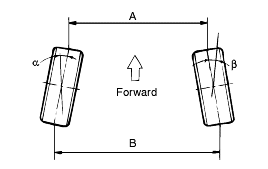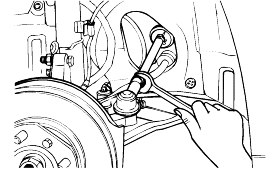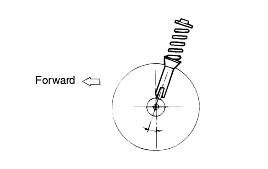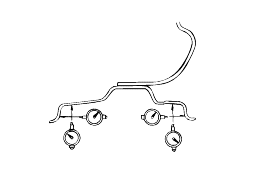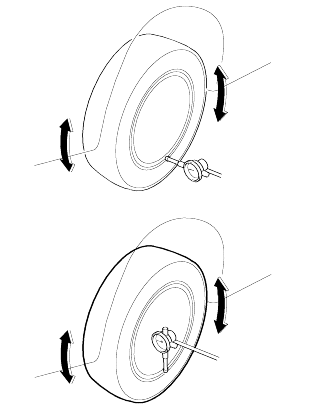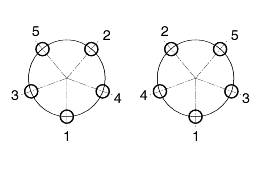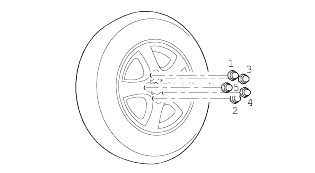The rear suspension upper arm mounting cam bolt should be turned an equal amount on both sides during adjustment.
Install the left and right springs which have the same identification color.
The cam bolt should be adjusted within a 90° range left and right from the center position.

